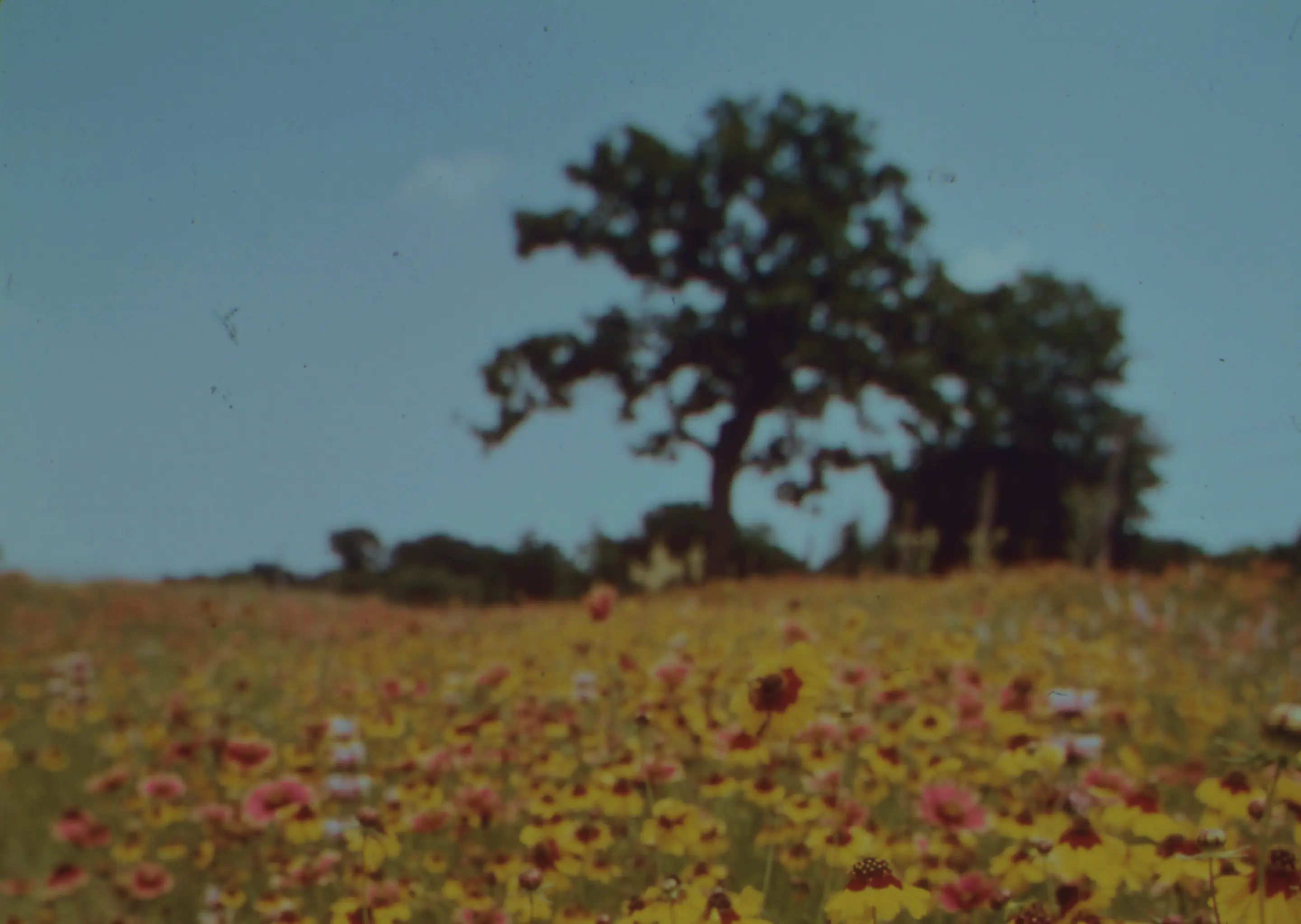
WORKSHOP
Rasaāvaraṇa – (Navarasa)
An Embodied Study of Emotions in Indian Classical Dance
This workshop invites participants to immerse themselves in the universe of the nine essential emotions of the Indian aesthetic tradition, known as the rasa-s. Rooted in the ancient theory of Rasa and enriched by the personal journey of Carolina Prada, the experience weaves together her artistic practice, her study of aesthetic experience through Abhinavagupta, and her spiritual path as a practitioner of Śrī Vidyā.
Through a sensitive and in-depth approach, this space offers the opportunity to feel, observe, and embody emotions such as love (śṛṅgāra), wonder (adbhuta), anger (raudra), fear (bhayānaka), disgust (bībhatsa), laughter (hāsya), compassion (karuṇā), heroism (vīra), and peace (śānta) within a safe and creative environment.
More than a workshop, this is a transformative experience that explores emotional reality through the body, awakening sensory and expressive memory with tools drawn from the rich traditions of Indian classical dance-theatre. The work is oriented toward cultivating the ability to feel and express from within—allowing each emotion to be embodied, understood, and transformed.
What does this workshop offer?
- A technical and experiential journey through the nine rasas, the pillars of Indian performance arts.
- Exercises in introspection, breathwork, gestural expression, and scenic composition, carefully designed to awaken emotional intelligence from a somatic perspective.
- Techniques from Odissi, Mayurbhanj Chhau, and Kalaripayatt, in dialogue with principles from the Nāṭya Śāstra and the aesthetic philosophy of Abhinavagupta (Abhinavabhāratī).
- Practices inspired by the energetic work of Śrī Vidyā (as a disciple of Lakshman Gurukkal), along with insights and teachings from masters such as Sharon Lowen, Nityananda Misra, and Sooraj Nambiar.
Who is this for?
This workshop is open to anyone interested in deepening their connection with the expressive language of the body—especially performers, dancers, actors, somatic practitioners, and seekers of art as a path to self-knowledge. It offers a powerful entry point into the world of abhinaya: the art of facial and gestural expression in Indian classical dance.